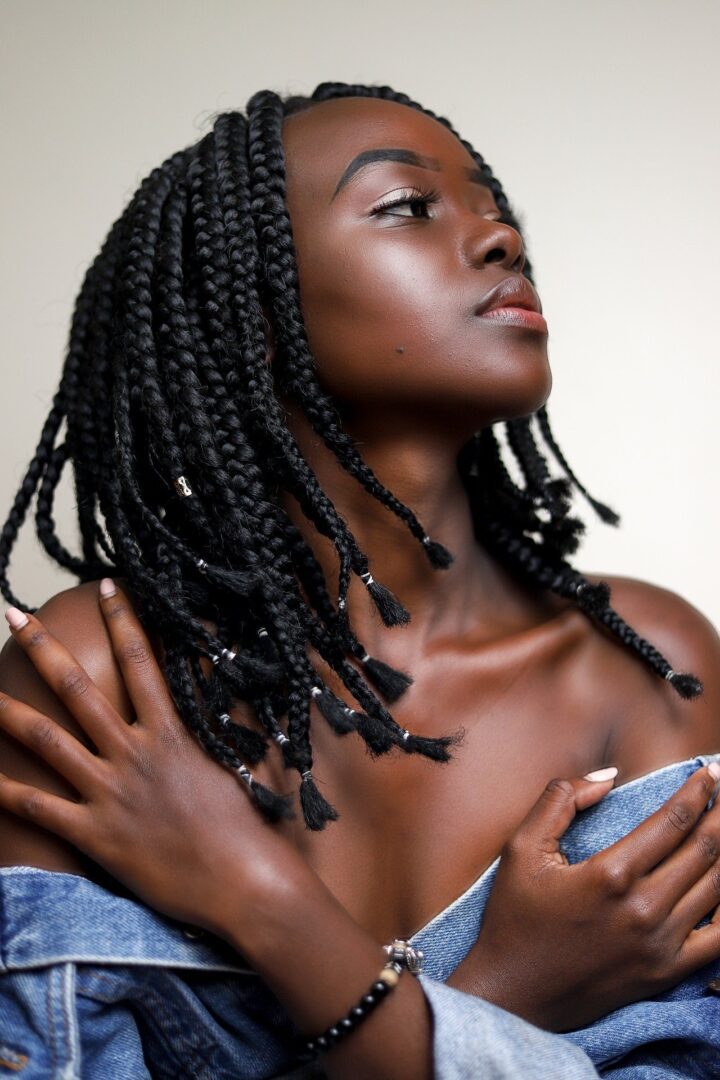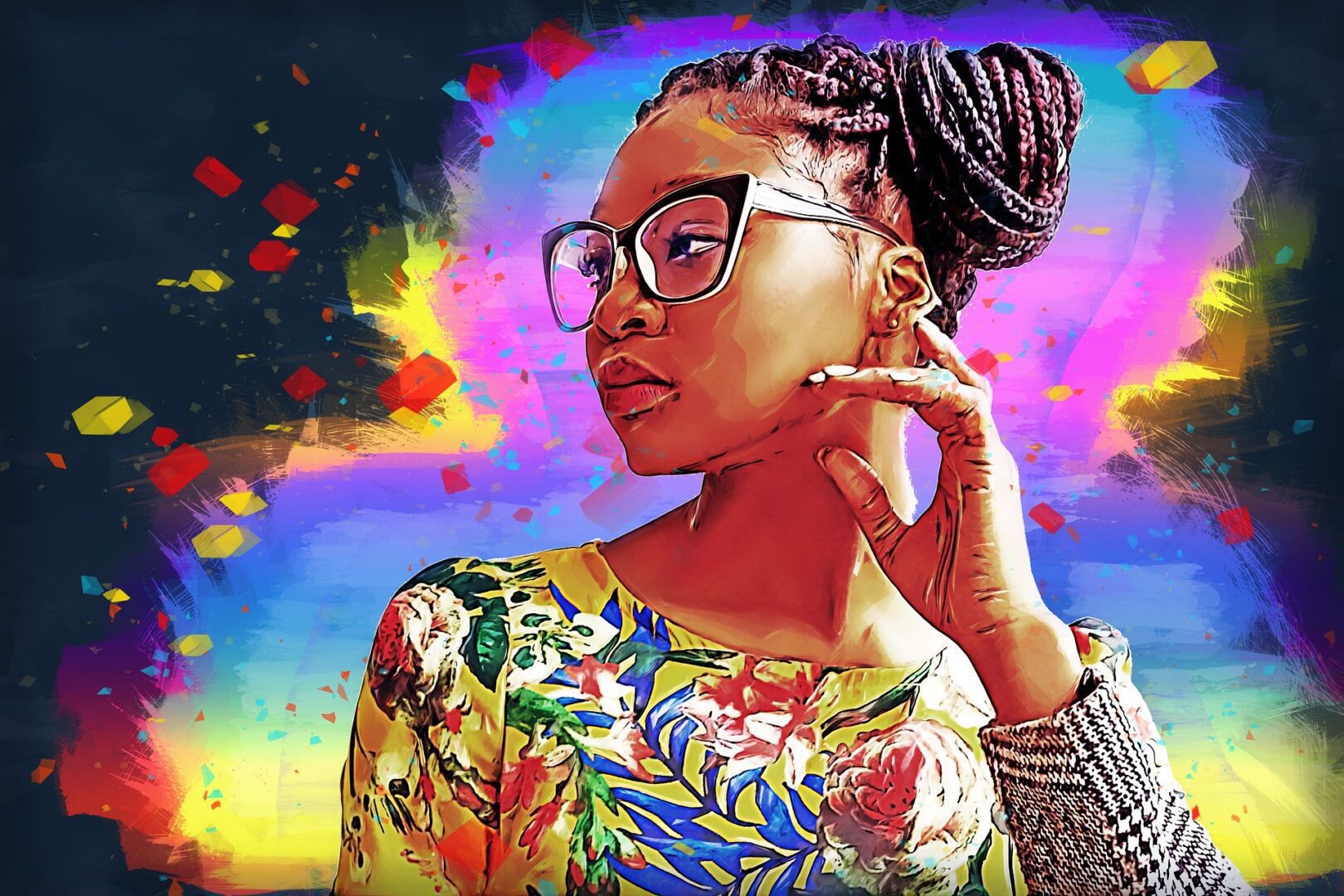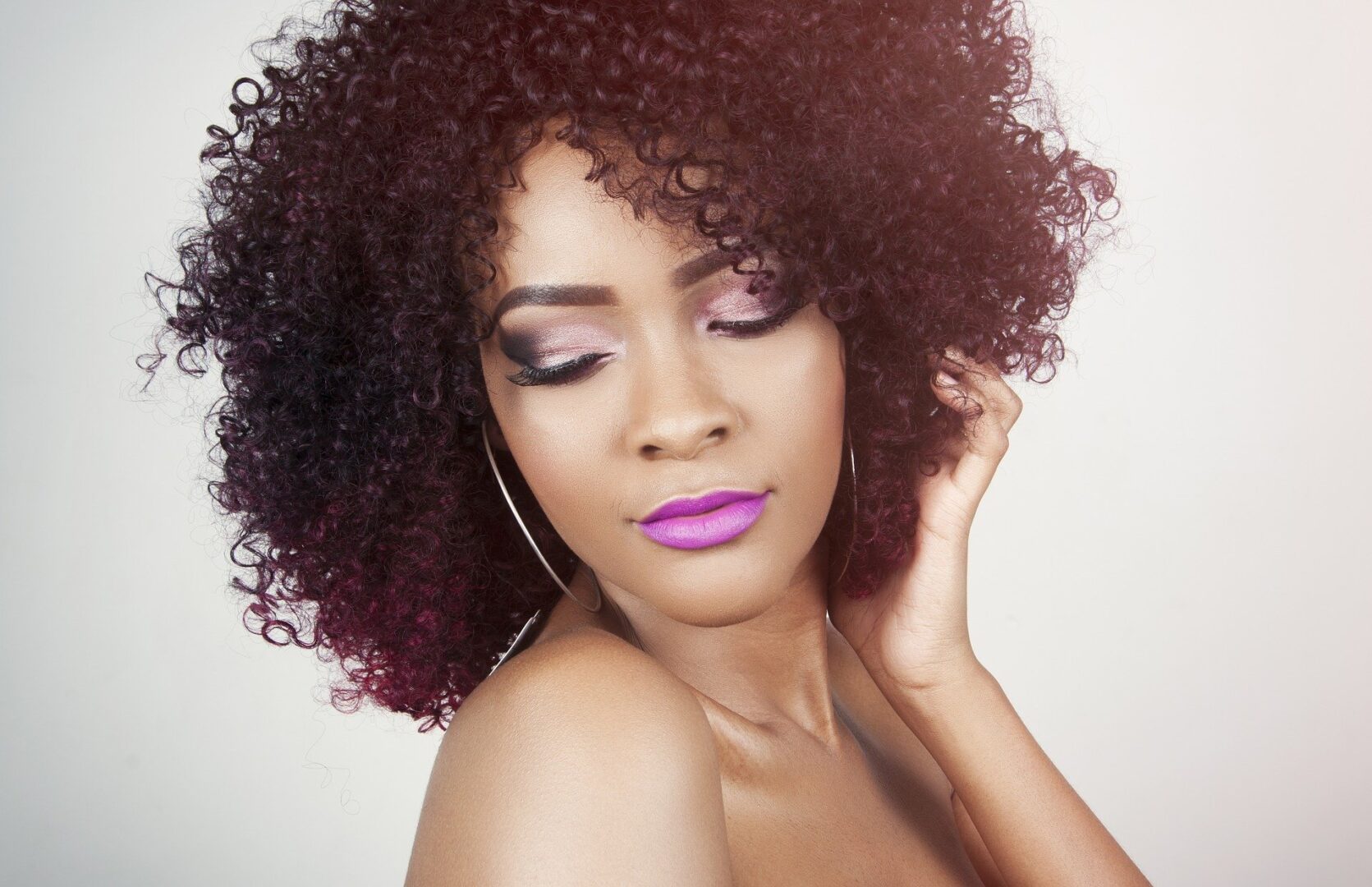Years of history has been recorded about black beauties and their hair.

Black hair has been an integral feature for black history – from African tribal styles to dreadlocks and afro.
In early African cultures, hairstyles could indicate family background,
a person’s race and social status.
“Almost everything about a person’s identity could be learned by looking at the hair.”
says journalist Lori Tharps, who wrote the book Hair Story about the history of black hair.
“In addition, many believed that hair was the conduit for spiritual interaction with God.”

Features and history of afro hair.
The afro hair style, appearing in the 1960s during the civil rights movement,
was “a symbol of rebellion, pride and empowerment”.
Black protest against racial segregation and oppression took off in style.
This was an affirmation of black identity as opposed to previous trends from white style.
And with it, the African (or afro) comb reemerged.
“It was never lost in Africa of course. But it was with the advent of black power and politics.”
The afro hairstyle became very popular and is quite high maintenance.
As a response to the racial politics of the time,
the comb punch – with a handle shaped like the black power salute – was designed in the 1970s.
It is forbidden for believers to cut their hair and instead twist it into dreadlocks.
It is not clear where the style comes from, although there are references to Old Testament history
and the Hindu deity Shiva is also sometimes seen wearing them.

The black profile.
The profile of religion has been developing in the second half of the 20th century.
Historically, the profile became famous after the success of musician Bob Marley in the 1970s,
with dreadlocks being a sight to behold in British cities.
Along with the afro look, dreadlocks remain the most typical for black hair.
“A lot of people think that the afro implies some kind of militancy or that wearing dreadlocks means
a predisposition to smoking.”
When the colored people went to America as slaves in the 15th century, the whites shaved their heads so that
deprive them of their sense of cultural identity.
Unfortunately, this racist perception lasted until the middle of the 20th century, as the standards of beauty were those of white people.
with straight or broken hair.
Black people’s hair was considered a nuisance and they forced women of color to straighten their hair,
so that they can be integrated into society.
In a racially discriminatory society, the “Black is Beautiful” movement came about in the 1960s to highlight the value and beauty of black people’s physical characteristics.
Afro hair in today.

It is noteworthy that for the first time in American history, citizens also had to confront the kind of discrimination,
based on hair where blacks for years have faced.
It is, in fact, a form of racial discrimination.
In California, workplace and school discrimination against Black people has been ended by a new law.
It is an unjustifiable burden that many black women and children continue to carry,
but with greater awareness around this issue,
and with new laws like the CROWN Act, more and more blacks can go to work and school,
as their most authentic self.

The fuzzy hair, which today for us is a beauty trend, for the black people was the symbol of their protest and their revolution, a struggle to return to their roots, to their hereditary pride, their history and their freedom.
Yours sincerely,
Elizabeth Makri.

